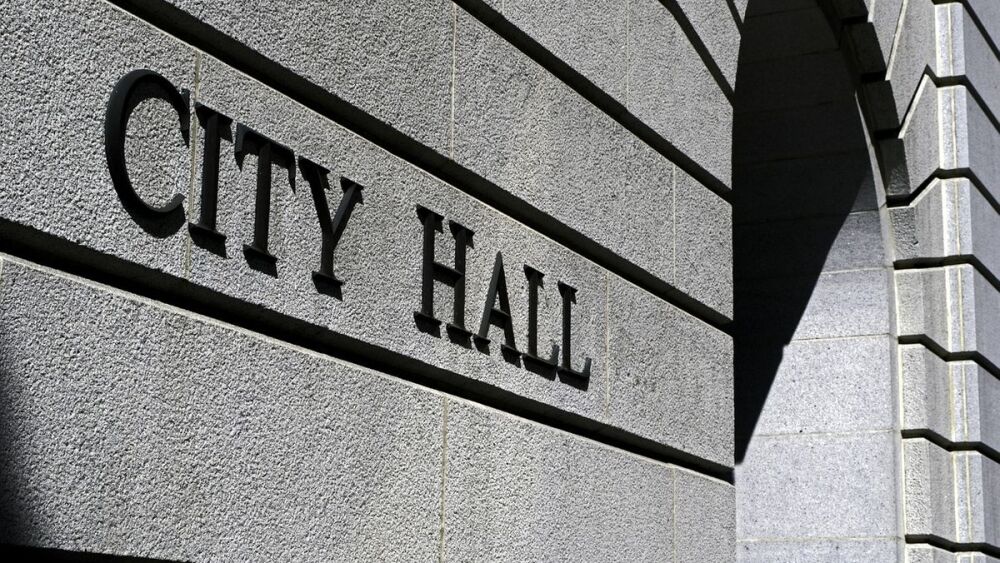We keep hearing these words “open data” when discussing local government innovation and efficiency.
But do we really know what this term means in the real world?
Gov1 spoke with Shawn Ahmadi, an Open Data Consultant with Socrata, to better understand what open data is and its role in the public sector.
What Is Open Data?
Ahmadi started off by pointing out that governments at all levels – local, state and federal alike – are being tasked to do much more with much less now more than ever. While revenue and tax dollars continue to shrink, demands for improvements and change are going up. Despite being strapped for resources, all levels of government have one thing in common that can help them meet these demands: an abundance of data.
“The challenge has been collecting a high volume of information, storing that information in various locations of our organization and not being able to properly optimize the data,” Ahmadi told Gov1. “The investments in time and money to collect, store, manage, analyze and distribute information are significant.
We know how to collect the data but we don’t always know how to put it in the hands of the people who need it, when they need it, in a way they can extract value from it.
Ahmadi explains that governments cannot just gather data and immediately push it out to the public. That model is not effective. Rather, the data should be utilized to help taxpayers understand the purposes of government services and policies, and where tax dollars are being spent.
“What we’re noticing is citizen engagement, transparency and other similar buzzwords are tied to the idea that taxpayers have minimal understanding of government’s activities and decision making processes,” said Ahmadi. “To make data work for the community, governments must understand how to turn data into a utility or an asset first.”
What Does Open Data Mean In The Public Sector?
The main idea behind open data in the public sector, according to Ahmadi, is to leverage this information to improve the way governments operate internally and provide services outwardly for the community.
Open data means more than regurgitating numbers back to the public and hoping it will lead to engagement. Straight data provides people with no context for understanding.
“Spreadsheet in disguise is just another spreadsheet,” Ahmadi explained. “When we think of open data in today’s time, it means improving the community and the world around us through the information required to function – business, people, staff, council.”
According to Ahmadi, all these different key stakeholders and participants need information to support and impact decision making. Local governments have this valuable information available to them, but don’t always understand how best to use it. These municipalities must take the information and make it accessible and useful to stakeholders in a context that simply makes sense.
“There are a lot of challenges facing local governments today when properly utilizing the data within the community,” Ahmadi told Gov1. “We are collecting data at an alarming rate but not utilizing it fast enough or most efficiently. We need to turn data into an asset so it can provide the most benefit to those in need – both internally and externally.”
How Is Open Data Valuable To Local Govs Specifically?
Ahmadi states that local governments must create an environment where data is available to the right people so as to address inefficiencies, spur innovation and drive growth. Governments operate at a high cost and most are struggling to grow or maintain services with tightened budgets.
These challenges create internal inefficiencies and waste that directly affect the delivery of services to the community. This can result in financial setbacks that limit economic and community development.
“Through open data we can increase community engagement, boost returns, turn strategic goals into outcomes, and make inefficient agencies and departments efficient again,” said Ahmadi. “Open data is about making our government more effective, efficient and transparent while creating a livable municipality.”
What Are The Most Common Misconceptions of Open Data In The Public Sector?
Ahmadi outlined common reasons why local governments or agencies have held off from adopting open data policies and platforms including:
- Too big of a concept
- We are too small of a government
- Not enough budget
- Too progressive of an idea
- Not enough interest from the citizens
“What local governments need to realize is there are better ways to operate and serve the community, many of which can be realized through open data initiatives,” Ahmadi told Gov1. “Local governments should consider if this concept of open data can make their lives easier and positively impact citizens. If so, they should be open to the conversation on how to innovate and improve.”
Ahmadi emphasizes the importance for local governments to focus on efficiency and cost-savings through innovation and investment in technology.
“When local governments actually peel back the onion on their current processes, data investments, and spending patterns, they realize that opening their data internally is not a cost, rather an investment that helps them do more with less by saving significant time and money,” Ahmadi explained. “We cannot make gains while cutting costs without new tools, operations and mindset.”
“To do more with less we need to use data as a resource, utility and asset for the community. We need to learn how. Our citizens deserve the opportunity for our local government to become educated in it.”
Most government agencies have already taken care of the hardest part of open data initiatives – collecting information. Now the data must be provided to the community in context that drives transparency and growth.
“Governments should use the technology to move ideas into outcomes and drive returns in the community,” said Ahmadi. “We must understand how data can be utilized to positively impact a community’s unique needs and challenges. So let’s have that conversation.”












